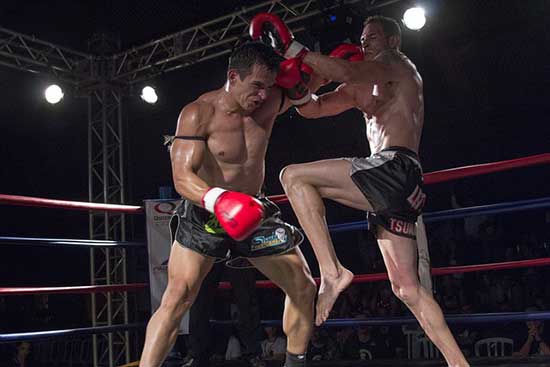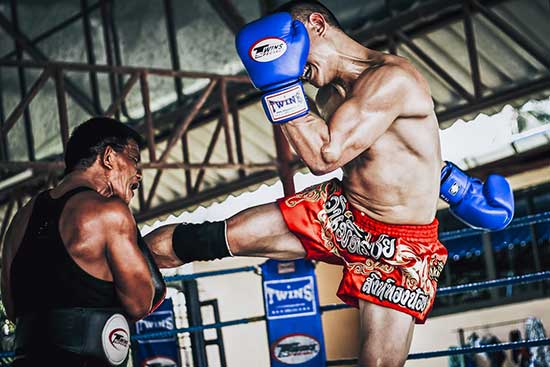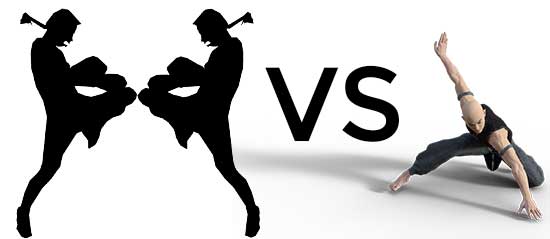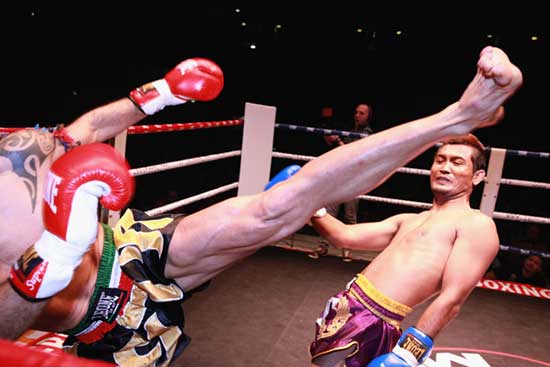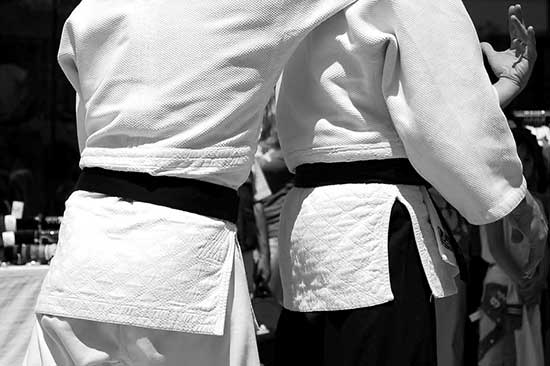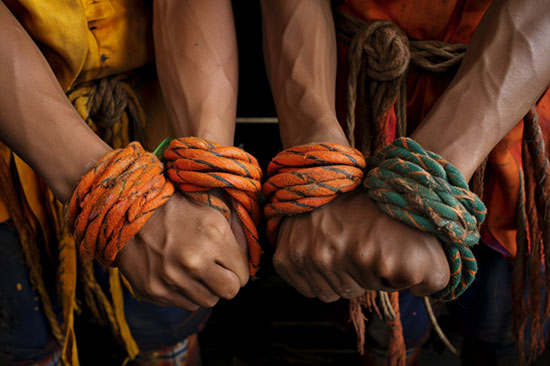The culture of Muay Thai has won many and is quite considerable as an enjoyable sport of all time. It is a great combat sport involving critical skills such as clinching and stand-up striking techniques.
Sometimes, this aggressive system is considered the art of eight limbs. There are combined styles: shins, knees, elbows, fists, and elephant style.
Generally, Muay Thai is characterized by elephant movements or styles. These movements involve heavy-breaking attacks meant to destroy opponents.
In other words, the elephant style in Muay Thai is symbolic of functional strength.
Contents
What Elephant style in Muay Thai entails
Before going deeper into the Elephant style in Muay Thai, you must know how it originated. Historically, the elephant movement or style was introduced in boxing for many decades.
For example, in Thailand, people used elephants for military and civilian use. In the tale of the Siamese tradition, the famous war ‘yuttha hatthi’ can tell how elephants were used in war.
Elephants were trained to fight and act in battle when guided by humans. For example, elephant mounter troops would be employed by special military units during heavy fighting.
Elephant warfare has been depicted in ancient Indian epics, Mahabharata and Ramayana. Mostly, the elephant style was meant for battle leaders to personally fight through elephant-mounted stylish.
Much with elephants being involved in the war, they were productive in winning battles in the past and several regions adopted the use of war elephants in various fields.
For instance, the Muay masters believed elephants show critical moves that can be useful during in-person fights.
They analyzed how these animals attack and destroy using their body parts as weapons. The elephants elastically use their trunk as a great weapon that can grasp, smash and even break.
Besides the elephant using its body to impact great pressure on an object to push it, how they could use their tusks to smash, cut and pierce was a trick humans could employ.
During forward movement, the elephant’s forward thrust can turn the tusks into great spears that can break any object.
During upward movements, using its tusks’ tips, the elephant can cut the barrier that comes in contact with the tusks.
The elephant can also destroy, smash, and hammer quickly using tusks at downward movement.
These elephant wars attack styles were much inspiring to fighting cultures like in Siamese masters. From those early days of the war, elephants have developed several fighting strategies and techniques resembling the war elephant attacks in the battles.
For example, there are a great style elephants do use in attacking each other; heavy and violent head-on collisions while crossing their tusks. Thai boxing employed this technique greatly in fighting.
In Muay Thai fighting, a fighter is trained to use the trick of charging war elephants. In other words, the fighter can counterattack, defend and stop the opponent using various parts of the body.
The peak of Muay Thai is counter-fighting and involves “stop-hitting” strategies which are much considered the first stage of attacking the opponent.
Muay masters term this technique as a peak to strike into striking the opponent fighter. Other tricks that may precede “stop-hitting” include heavy blows executed in a combination with deflection and blocks in a unison manner to cause heavy impact.
3 Great techniques of Elephant style in Muay Thai
1. Piercing
Piercing is a common style involved in the Elephant style in Muay Thai. It trains fighters not to step back when their opponent engages in a charge attack with a swing punch or hook.
For the fighter to charge and attack effectively, they can spring forward using leg power and attack the opponent’s parts like face, throat, or breastbone using elbow tips.
Due to kinetic energy, the fighter’s elbow will cause a piercing impact on the opponent’s encountered body part.
2. Hammering
Just like how an elephant uses its tusks to smash opponents heavily from the above, this trick is employed in Muay Thai.
Combined with jumping, the fighter can attack the opponent with a double elbow strike on top of the head, shoulders, and neck but it may depend on the opponent’s position.
3. Swinging Upward
This elephant style is potentially employed when the opponent tries to grab the fighter’s body parts like the throat or neck.
During this moment, the arms of the opponent may be outstretched while making forward movements.
Like a charging war elephant that uses its tusks to defend, the fighter in this kind of attack can use the two elbows to defend and attack simultaneously.
Here, the fighter raises the double elbows towards their face, which creates an attacking position towards the opponent.
At this position, the fighter can perform an uppercut and upward slash that aim at the chin of the opponent.
Conclusion
Although the elephant style in Muay Thai is a cultural practice showing fortune in winning, it is a great symbol of strength in fighting.
Using elephant moves inspired by war elephants of the ancient period, Thai boxing is termed a great sport involving strong encountering, defending, and attack tricks.
Every move in Thai boxing involves a strategy that creates an attack on the opponent.

